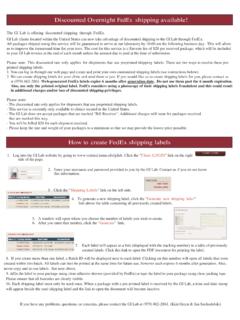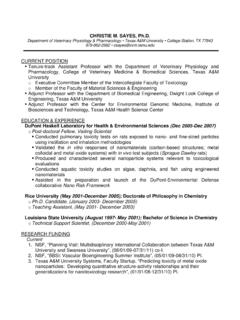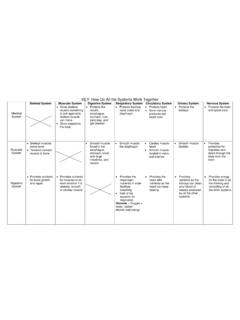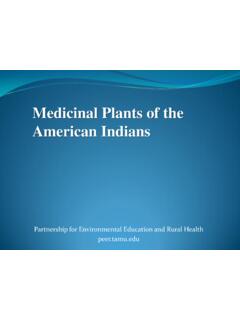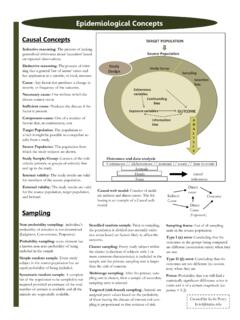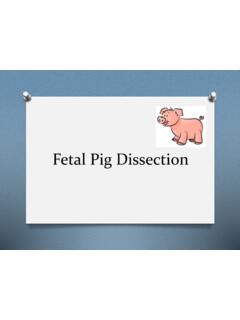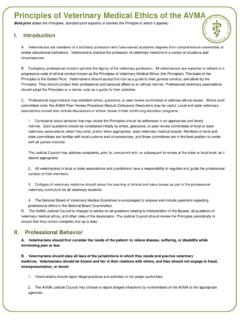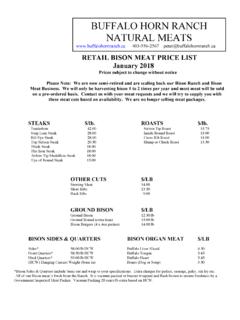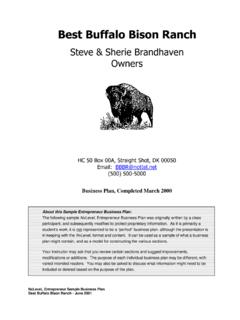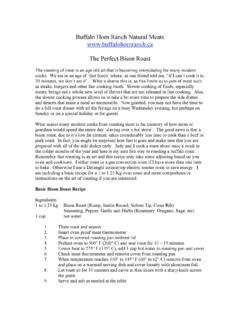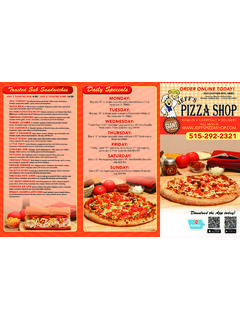Transcription of Development of a linkage map and QTL scan for …
1 Cytogenet Genome Res 102:59 64 (2003)DOI: of a linkage map and QTL scan forgrowth traits in north american Schnabel,a,b Taylorb and DerraaDepartment of Veterinary Pathobiology, Texas A&M University, College Station, Tex.;bDepartment of Animal Sciences, University of Missouri, Columbia, Mo. (USA)Received 31 May 2003; manuscript accepted 29 July reprints from Robert D. Schnabel, University of MissouriDepartment of Animal Sciences, ASRC Rm. 162920 East Campus Drive, Columbia, MO 65211-5300 (USA)telephone: 573-884-4106; fax: 573-882-6827e-mail: + 41 61 306 12 34E-mail 2003 S.
2 Karger AG, Basel0301 0171/03/1024 0059$ online PCR protocols incorporating fluorescently la-beled multiplexed primer combinations were developed to pro-duce a linkage map for bison . Three hundred fifty eight micro-satellite loci spanning all 29 autosomes were genotyped via83 PCR multiplexes and nine individual amplifications. A to-tal of 292 markers were integrated into an autosomal linkagemap for bison . The sex averaged bison map (2,647 cM) was ap-proximately 9% longer than the corresponding USDA MARCmap, which covered 2,415 cM.
3 Utilizing weaning, yearling and17-month weights from two private bison herds, a QTL scanwas conducted using the developed linkage map. LOD peakssuggestive of QTL were identified on chromosomes 2, 7, 15,and 24 for weaning weight, chromosomes 4, 14, and 15 foryearling weight and chromosomes 8, 14, and 25 for 17-monthweight. Four of the identified chromosomes have conservedsynteny with regions harboring growth QTL in 2003 S. Karger AG, BaselBison once numbered in the tens of millions in north Amer-ica. However, due to the population bottleneck experienced inthe late 1800s, their numbers were reduced to not more than541 individuals by 1888 (Coder, 1975; Dary, 1989).
4 Almost allof the bison alive today can be traced back to five populationsthat were used to repopulate most of the extant public and pri-vate herds (Coder, 1975). Current semi-wild bison populationsare fragmented among public parks and sanctuaries throughoutthe United States and Canada. However, more than 90% of thebison today reside on private ranches where they are raised formeat production. Reduced reproduction and other deleteriousmanifestations associated with a bottlenecked population arerare in current bison herds (Berger and Cunningham, 1994).
5 The fact that bison went through a severe population bottle-neck without suffering catastrophic consequences and are in-creasingly becoming a viable participant in the livestock indus-try makes them a unique species for genetic study and compari-son to domestic second-generation bovine linkage map of Kappes et al.(1997) contained 1,250 markers with an average marker inter-val of cM. Additional markers have subsequently been add-ed to this map, further increasing marker density and providinga rich resource for genetic studies of bison .
6 However, to date,only three studies report microsatellite variation in NorthAmerican bison , two of them on a very limited scale (Mom-mens et al., 1998; Wilson and Strobeck, 1999; Ward, 2000).Genetic evaluations, whether for the purposes of genome scansfor economically important genes or conservation biology,require genotyping large numbers of markers across a largenumber of individuals. Genotyping microsatellites by radioac-tive methods can be both time-consuming and costly. Whilemicrosatellite markers offer the advantage of rapid throughputvia co-amplification and simultaneous genotyping of multipleloci, this feature has rarely been utilized because the optimiza-tion of multiplex reactions is often more time consuming anddifficult than the optimization of PCR for individual , using the information amassed during constructionof the bovine genetic map and fluorescence-based detection, it60 Cytogenet Genome Res 102.
7 59 64 (2003)is possible to greatly reduce the time and cost involved in geno-typing. Unfortunately, multiplexing on a sufficient scale hasnot previously been done in cattle or bison for linkage mappingor quantitative trait loci (QTL) scans. The availability of apanel of multiplexed microsatellite markers for rapid genotyp-ing of north american bison and domestic cattle would greatlyenhance the feasibility and efficiency of initial QTL scans andof genetic diversity assessments in these QTL regions have been identified in cattle fortraits such as weight and carcass characteristics (Elo et al.)
8 ,1999; Stone et al., 1999; Grosz and MacNeil, 2001; Kim et al.,2003). Most of these reports utilized experimental crosses toproduce a mapping population by crossing lines with large dif-ferences in mean phenotype. Forming experimental crossesbetween divergent lines offers advantages of an increased likeli-hood of segregating QTL, increased power to detect QTL andease of analysis, but it also has a very important crosses are designed to detect QTL which are fixed, ornearly fixed for alternate alleles between the parental , the identified QTL are likely to not be segregating in thefounder populations that were crossed (Haley 1999).
9 Converse-ly, mapping within commercial populations offers the advan-tage that specific crosses need not be made and thus pedigreesand phenotypes can quickly be collected. Additionally, anyQTL identified within a commercial population may imme-diately be incorporated in the breeding program for that popu-lation. However, these advantages come at the cost of de-creased power of QTL detection and an increase in the compu-tational complexity required to appropriately analyze the and methodsDNA sourceTwo private bison herds were used as the source of animals for the map-ping and QTL analysis.
10 The Arrowhead Buffalo Ranch herd (ABR) locatedin Canton, Ohio contained 173 total individuals, 49 parents (43 females, 6bulls) and 124 offspring (57 females, 67 males). The Hidden Hollow Preserveherd (HHP) located in Bradfordsville, Kentucky contained 40 total individu-als, 12 parents (11 females, 1 bull) and 28 offspring (15 females, 13 males).The herds were not known to be related. Genomic DNA was isolated fromtail hair follicles or white blood cells by proteinase K treatment followed byphenol:chloroform extraction (Sambrook et al.)
